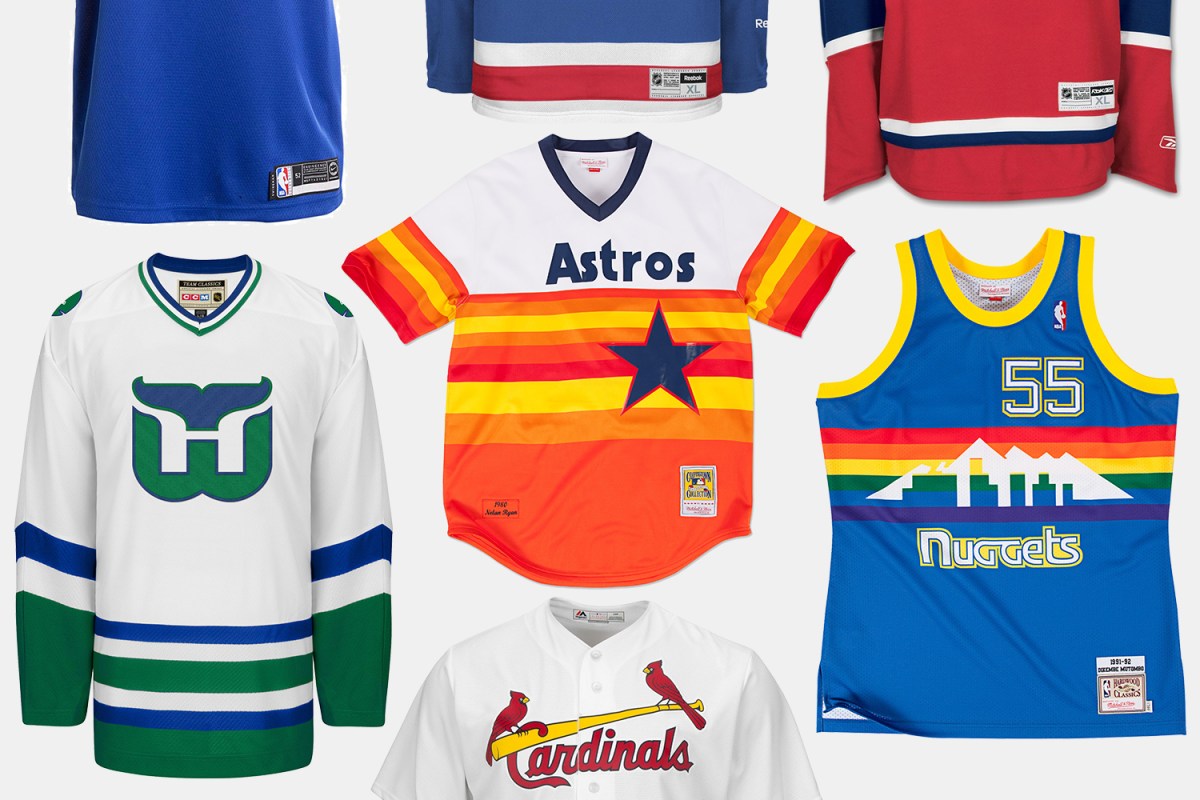“It’s different guys every year,” Jerry Seinfeld observed about our national obsession with all things football, basketball, baseball and hockey in 1990. “You’re rooting for clothes, when you get right down to it. We’re screaming about laundry.”
Paul Lukas lives for the laundry of sports.
Lukas is the man behind Uni Watch, a website where fans of sports uniforms congregate to dissect the minutiae of logos and stitches instead of play calls and pitches in an obsessive and informed manner. The 55-year-old, whose first sports fashion/design column appeared in the sports section of the now-defunct Village Voice 20 years ago this month (May 26), concurs with Seinfeld’s assessment.
“It’s true because the players come and go,” Lukas tells InsideHook. “They get traded, they retire, they leave via free agency or whatever and we keep rooting for whoever is wearing that uniform, whoever that person is. Your team could be really good one year and really bad another year, but you stay loyal to that team and to that uniform. That’s a really uncommon thing and a really powerful form of brand loyalty, frankly.”
While he may not have realized it when he was worrying about the stirrups of his Little League uniform or doodling team logos in the margins of his notebook instead of paying attention in class as a kid, Lukas already sensed the connection between livery and loyalty.
“I’ve always been interested in uniforms. I guess because it’s really what we end up rooting for,” Lukas says. “I don’t think I could have articulated it that way when I was a kid or when I was geeking out over my first Little League uniform or anything like that, but I think the seeds of it were there.”
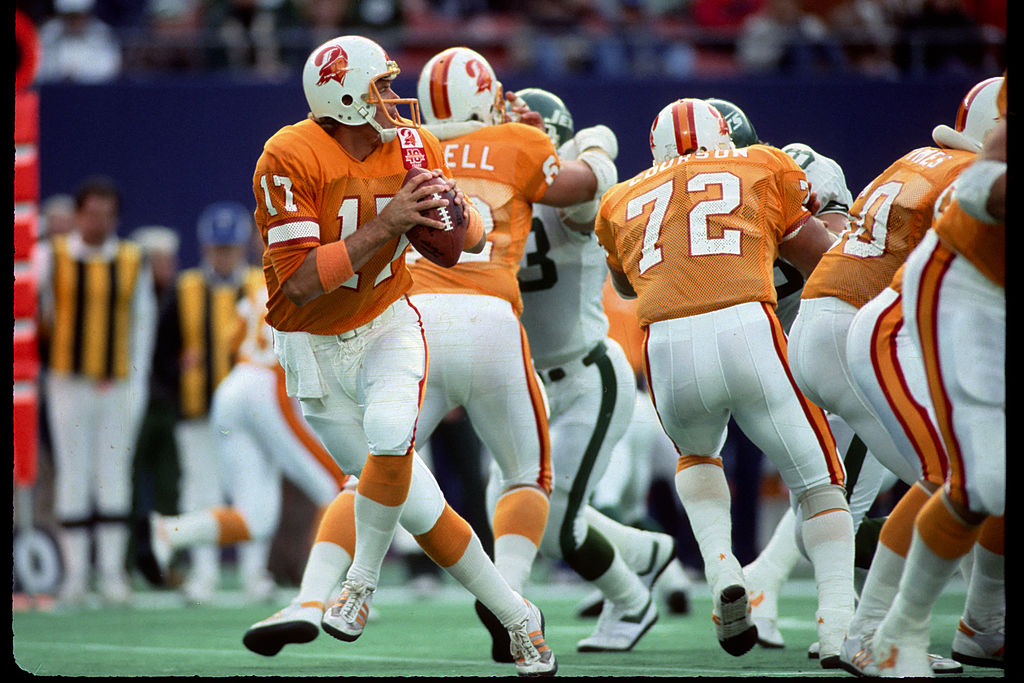
Sown in the dirt of the baseball diamonds of his youth, those seeds grew into a passion for analyzing, dissecting and discussing sports uniforms that Lukas needed an outlet for. So on New Year’s Day in 1999, Lukas made his first and still-only resolution to create some sort of column or media project related to sports uniforms. Since personal blogs were still a ways off, Lukas set his sights on print.
“I wasn’t necessarily sure that other people wanted to read it, but I was sure I wanted to write about it,” he says.“ Less than five months later, Uni Watch debuted. Lukas first pitched outlets like ESPN The Magazine and Sports Illustrated, but ultimately set his sights on a publication that wasn’t known for its sports coverages, hence landing with The Voice.
“They had, at the time, a very cool sports section that was buried in the back of the paper with the phone sex ads,” Lukas said. “To me, by contemporary internet standards, the content they were running doesn’t seem that remarkable, but at the time they had a column that was just about hockey fights. I figured if they were running stuff like that, then they would get what I was trying to do with Uni Watch. I had written for a lot of design magazines and I could have pitched it to those places and it would have been a design column that happened to be about sports. I felt strongly that I wanted it to be a sports column that happened to be about design.”
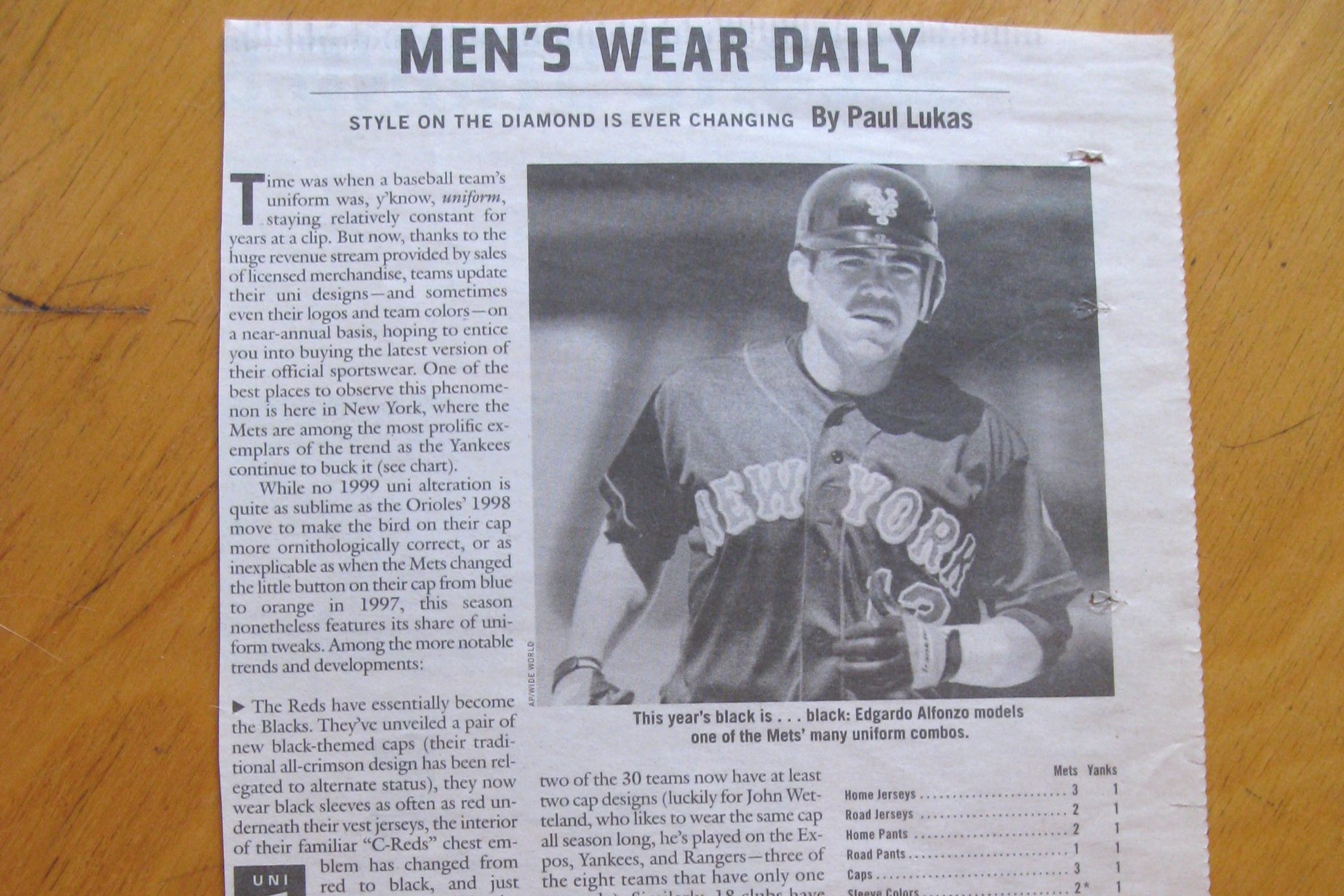
The sports editor at the time, Miles Seligman, did get it, and slated a Uni Watch column to run every four weeks — even though The Voice came out on a weekly basis.
“He was being nerdy about something that fit right into The Village Voice sports section wheelhouse,” Seligman tells InsideHook. “We used to call it the best-read sports section in the country. It was a cult thing. It had a tradition. We wanted to put out a sports section where sports and politics and sports and culture and sports and weirdness mixed. Given that tableau, something like Uni Watch fit right in. And I also knew what I had in Paul. He was a talented writer.”
Despite his confidence in Lukas, Seligman wasn’t positive there would be enough material to support a monthly column.
“He said, ‘Is there actually enough to write about, about uniforms, every four weeks?” Lukas says. “I said, ‘I think so,’ but I wasn’t positive because I’d never done it. That question has followed me throughout the Uni Watch project.”
Four years later when Lukas brought the column to Slate.com after The Voice folded its sports section, editors wanted to know if Lukas would have enough material for a bi-weekly column. Less than a year later when Lukas moved Uni Watch to ESPN’s website in 2004, editors questioned whether Lukas would be able to thread together a weekly column. And when Lukas finally started a daily blog of his own, he asked himself that same question and answered it the same way he had at every stop along the way: “I think so.”
In hindsight, he was right.
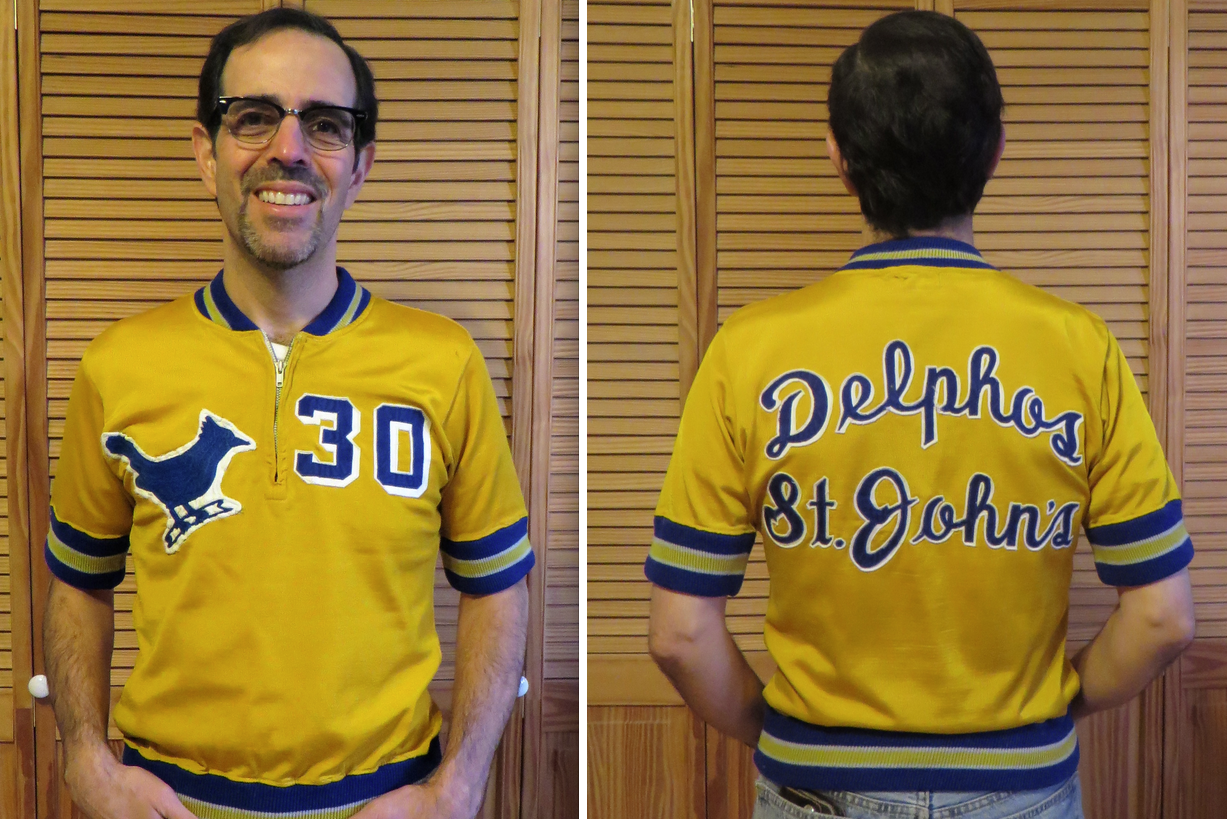
“It turns out and what I found every step of the way is that the more I put out there, the more I get back,” Lukas says. “I have a very engaged readership and while I’m sitting here, tweets are coming in from people who’ve spotted something or found something in their grandfather’s attic, like a cool piece of sports memorabilia that’s uniform-related, whatever. Uni Watch has become the hub for all of this. The more content I put out there, the more of it comes back at me. I could definitely post more than once a day on the blog and the only reason I don’t is mainly for the sake of my own sanity.”
As Lukas points out, the 20 years he’s been sewing together Uni Watch articles and posts have coincided with the explosion of sports merchandising. Growing up on Long Island as a kid in the ‘70s, he couldn’t buy a Mets jersey or a Rangers sweater. Now, the options for purchasing team gear — especially due to the rise of the internet — are nearly infinite.
“I don’t tend to write about the merchandising aspect of it and I actually think merchandising has been bad for uniform design, but it has certainly increased the interest in uniforms,” Lukas says. “Fans bond with the uniform in a different way than they did before.”
That bond has grown into a community with active members who engage with Lukas and each other through the portal of Uni Watch.
“I get so many people who say, ‘I thought I was the only one. I talk, I’ll be watching the game with my friends, and I’ll point at the guy’s sleeve or whatever, and they’ll make fun of me, or my wife rolls her eyes when I do it. And I thought I was the only one. And then I discovered Uni Watch,’” Lukas says. “And it’s not just me. They didn’t just discover my writing. They discovered the community of other readers who look at sports the same way. There is a real camaraderie and kinship there. And that’s been pretty great to see, and I’m proud of that.”
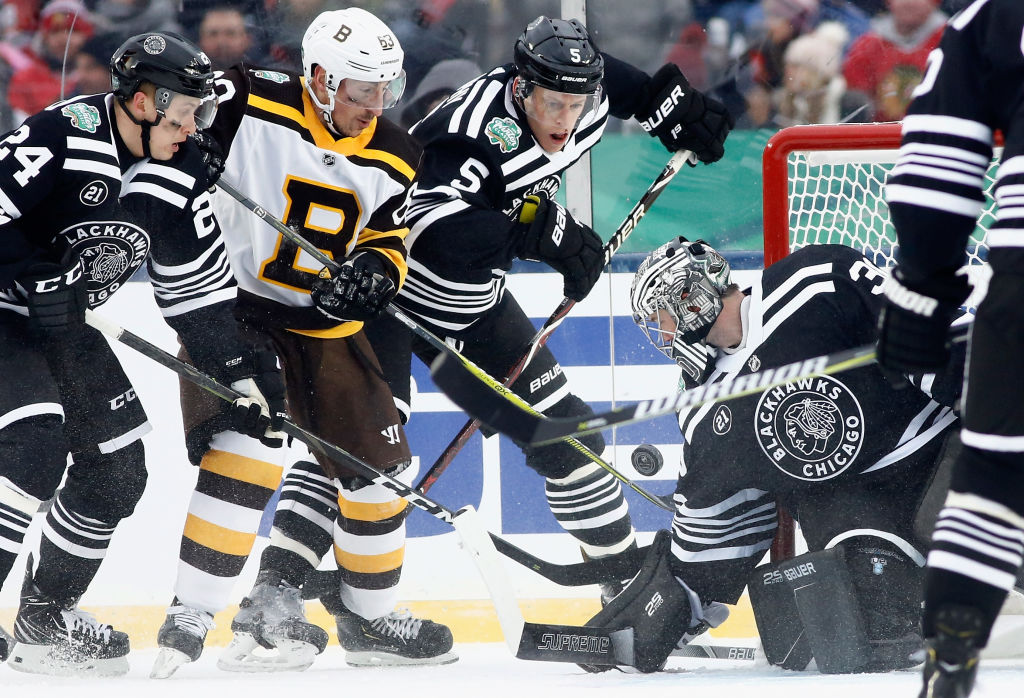
While Lukas deserves the bulk of the credit, he also admits the web has played a role helping Uni Watch grow into what it has become.
“The internet has been really crucial to Uni Watch’s development,” Lukas says. “Suddenly, especially for a project like Uni Watch that is visually driven, I could show instead of just tell. With Twitter, I can tweet out a question and a lot of times I’ll get the answer in like 10 minutes or 10 seconds. That’s pretty awesome. It can be overwhelming, the degree of interactivity. There’s a lot of stuff that comes at me. Ultimately, that’s a good problem to have. Sports Illustrated could have run a uniform column in the ‘60s or ‘70s, but it wouldn’t be the same. I don’t think it could be as good. You couldn’t go into as much depth and respond as quickly to things as I’ve been able to mainly because of the internet.”
Seligman, who refers to himself as “the midwife for this thing that Paul birthed,” has kept his eye on how Uni Watch has grown since May of 1999.
“To see it be this humungous thing with this well-connected community of people who’ve all been together for a long time now, it’s amazing,” Seligman says. “It’s shocking. And it’s a happy shock, to say the least. For Paul to be this presence, this guru, this Yoda figure out there for this community. I just love it. It’s a great little corner of the sports world and I’m proud it keeps turning along. I am so proud and so amazed it still goes on. I hope it goes on for a long time.”
Now, two decades after launching what he still calls his “little project’ even though it’s how he makes his living, Lukas has some advice for anyone who might want to follow his thread.
“Try to do something a little different, not just the same thing everybody else has been doing, because if it’s the same thing, then it’s not going to stand out,” he says. “You have to have something to say, not just that you want to be a writer but what is your point of view? What are you bringing to this? Especially, what new are you bringing to this that nobody’s done before? When I started Uni Watch, a big part of it was to say that uniforms matter and that they’ve been ignored up until now. I think that’s a big part of it, is that you need to have a point of view. You need to have something to say. I would say that’s the biggest thing. That and, especially now with the internet, you should write a lot. You should start a blog. Even if you make it private and you don’t show it to anybody, write every day, or as close to every day as you can, because you’ll develop your chops. Everybody needs to do that.”
Below, you’ll find Lukas’s choices for the best and worst uniforms across the four major sports.
NBA

Best: Philadelphia 76ers — “The Sixers are a good-looking team right now, both their primaries and that alternate they wear that just has the number surrounded by the circle of 13 stars. They’ve got some beautiful uniforms.”
Worst: Atlanta Hawks — ”With that shimmery, triangular quilt design with the neon, I’d say they are the worst. In the NBA, it’s hard to even know because all the teams now have six or seven uniforms. It’s crazy. So how do you even assess the team’s uniform program?”
MLB

Best: St. Louis Cardinals — “Love the birds on the bat. I think that birds on the bat chest insignia is every bit as iconic as the Yankees interlocking NY and more visually interesting.”
Worst: Arizona Diamondbacks — “Ugh, those charcoal road uniforms and all the snakeskin nonsense on the jerseys. A badly failed experiment.”
NFL
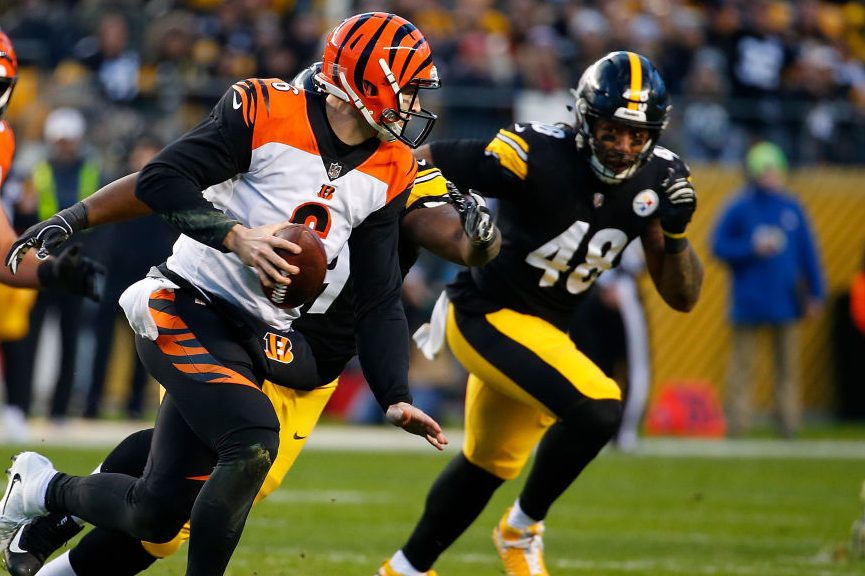
Best: Toss-up between the Pittsburgh Steelers, Oakland Raiders and Green Bay Packers.
Worst: Cincinnati Bengals — “The worst is probably the Bengals. They have been for a long time. For a while there the Jaguars were the worst with that two-tone helmet, but thank God they got rid of that. The Bucs are pretty bad right now with those digital alarm clock uniform numbers and the oversized logos on the helmet, but I’ll still stick with the Bengals as the worst. In the Uni Watch world, we actually have an adjective, ‘Bengalian,’ which means something that’s really bad. A bad design of Bengalian proportions or something like that.”
NHL

Best: Toss-up between Montreal Canadiens and NY Rangers — “You can tell I’m a classicist.”
Worst: Vancouver Canucks.
The Charge will help you move better, think clearer and stay in the game longer. Subscribe to our wellness newsletter today.
